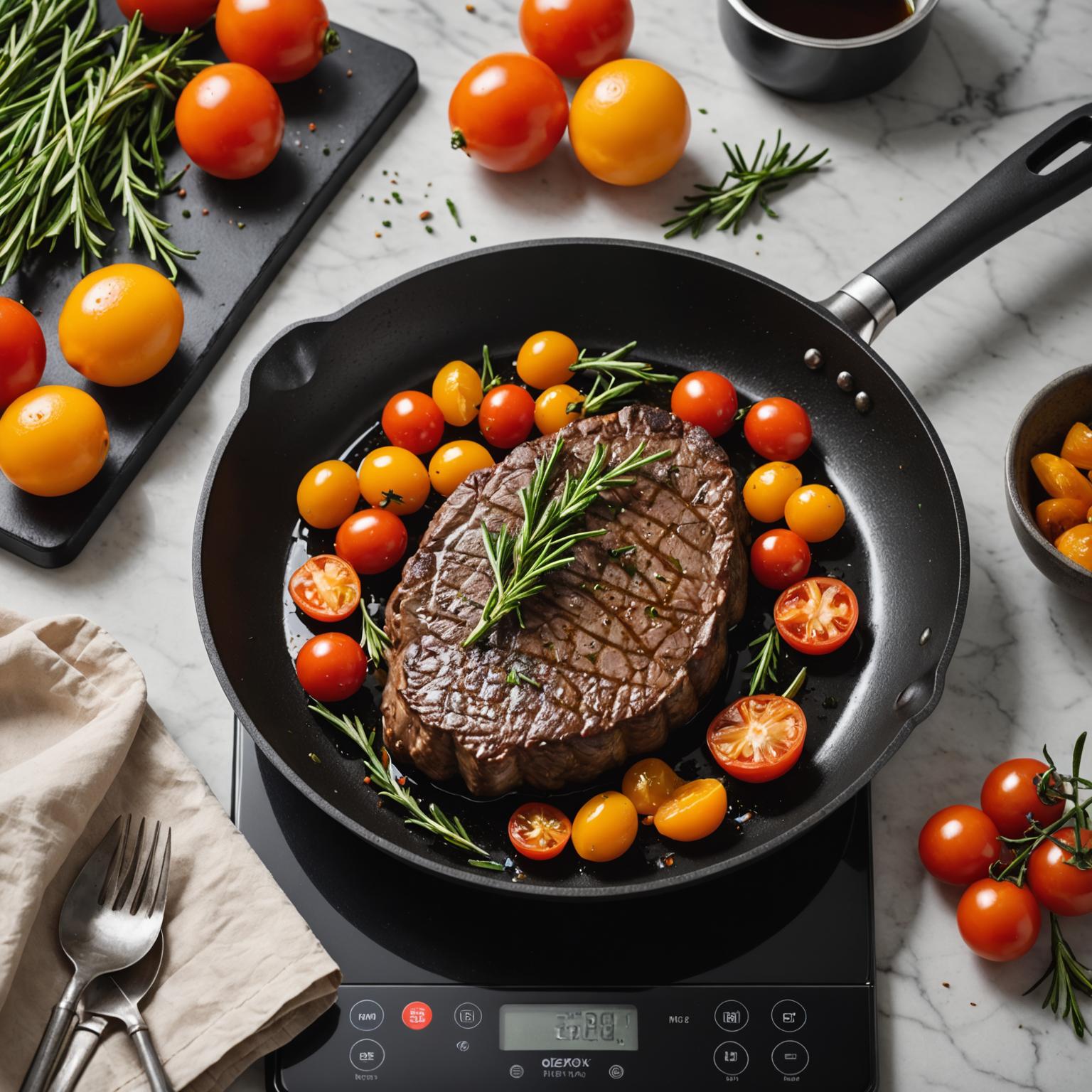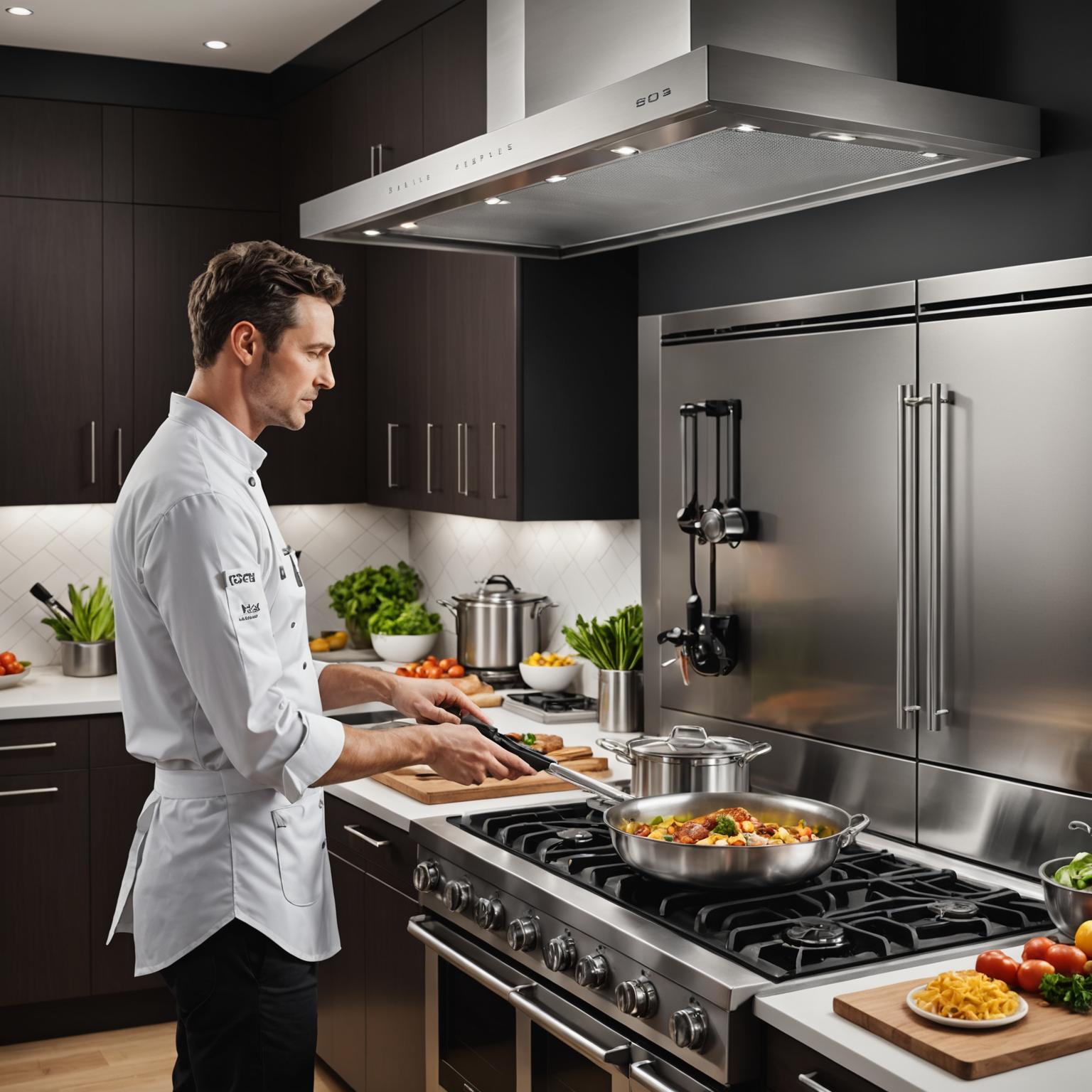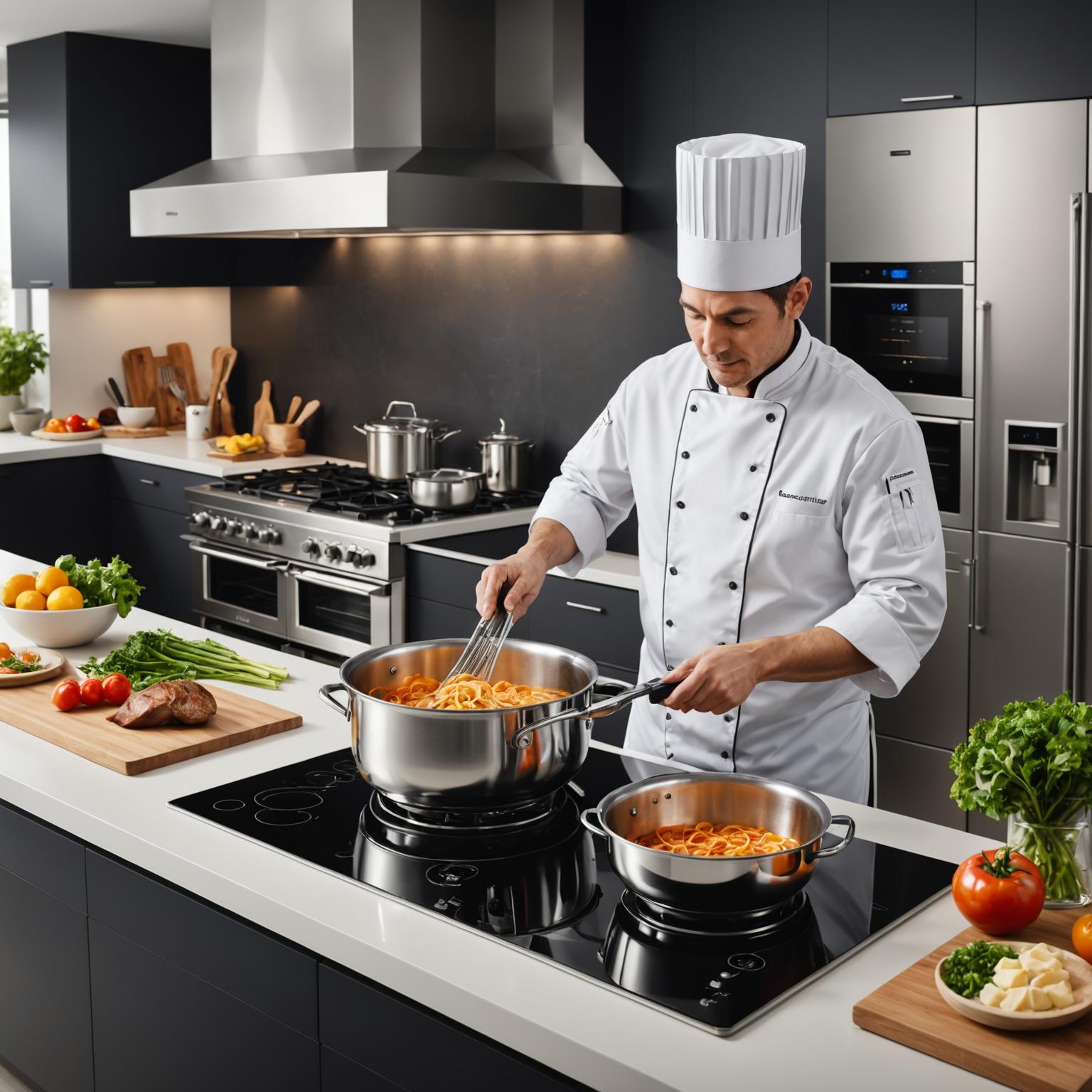In today's dynamic culinary world, the flexibility of kitchen appliances is more important than ever. The modern portable stove has evolved far beyond a simple single burner, transforming into a sophisticated tool that can supplement or even stand in for a full-sized range. Whether you live in a small apartment, need an extra cooking surface for holiday feasts, or desire a specialized appliance for specific tasks, understanding the differences between the available models is key to making the right choice for your kitchen.

At the forefront of the portable cooking debate are two dominant technologies: traditional electric and modern induction. The conventional electric portable stove, much like the versatile ChefsMate Electric Stewpot, utilizes a resistive heating element that glows hot and transfers that heat conductively to the pot above. This method is tried and true, excellent for applications like slow-cooking stews and soups where sustained, steady heat is essential. They are generally compatible with all types of flat-bottomed cookware. In contrast, the induction portable stove operates on a completely different principle. A model like the sleek Portá Induction Cooker uses a magnetic field to directly excite the molecules within the cookware itself, generating heat instantly inside the pot. This means the cooktop surface remains relatively cool to the touch, offering a significant safety advantage, especially in homes with children or pets.
When it comes to performance, speed is often a deciding factor. This is where the distinction between the two types becomes most apparent. An induction cooktop is the quintessential fast heating portable stove. Because it heats the cookware directly, there is virtually no wasted energy or time spent waiting for a burner to warm up. Temperature adjustments are instantaneous, providing a level of control that rivals professional gas ranges. You can go from a rolling boil to a gentle simmer in seconds. A traditional electric portable stove, on the other hand, has a slower response time. The heating element needs time to heat up and cool down, which can make precise temperature control more challenging and can lead to longer cooking times overall. This efficiency gap makes the induction portable stove a superior choice for those who value speed and responsiveness in their cooking process.
The choice of a portable cooking solution also extends to its design and how it fits into your lifestyle and kitchen aesthetic. The Portá Induction Cooker, with its matte black finish and minimalist dial, is designed for the modern kitchen, offering a seamless and stylish look. It's an all-purpose workhorse for everyday cooking. On the other hand, some appliances are built for more specialized roles. The ChefsMate Electric Stewpot is designed specifically for one-pot meals, its large ceramic pot perfect for simmering for hours. Then there are highly specialized devices like the Electric Glass Teapot and Induction Heater Set, which showcases how induction technology can be integrated into an elegant, purpose-built appliance for brewing the perfect cup of tea. This illustrates that your choice may depend not just on raw performance, but on whether you need a versatile cooktop or a dedicated tool for a specific culinary passion.
Ultimately, selecting the best portable stove comes down to a comparison of your personal priorities. If your main concerns are safety, speed, energy efficiency, and precise control, an induction portable stove is the clear winner. It represents the cutting edge of cooking technology and fits perfectly into a fast-paced, modern lifestyle. However, if you are looking for a simple, cost-effective solution for specific tasks like slow-cooking and have a variety of cookware you wish to use, a traditional electric model remains a reliable and valuable option. By weighing the benefits of each—the instant heat of induction versus the steady warmth of electric—you can choose the perfect appliance to elevate your home cooking adventures.

Electric vs. Induction: Understanding the Core Technology
At the forefront of the portable cooking debate are two dominant technologies: traditional electric and modern induction. The conventional electric portable stove, much like the versatile ChefsMate Electric Stewpot, utilizes a resistive heating element that glows hot and transfers that heat conductively to the pot above. This method is tried and true, excellent for applications like slow-cooking stews and soups where sustained, steady heat is essential. They are generally compatible with all types of flat-bottomed cookware. In contrast, the induction portable stove operates on a completely different principle. A model like the sleek Portá Induction Cooker uses a magnetic field to directly excite the molecules within the cookware itself, generating heat instantly inside the pot. This means the cooktop surface remains relatively cool to the touch, offering a significant safety advantage, especially in homes with children or pets.
The Need for Speed: Fast Heating Portable Stove Technology
When it comes to performance, speed is often a deciding factor. This is where the distinction between the two types becomes most apparent. An induction cooktop is the quintessential fast heating portable stove. Because it heats the cookware directly, there is virtually no wasted energy or time spent waiting for a burner to warm up. Temperature adjustments are instantaneous, providing a level of control that rivals professional gas ranges. You can go from a rolling boil to a gentle simmer in seconds. A traditional electric portable stove, on the other hand, has a slower response time. The heating element needs time to heat up and cool down, which can make precise temperature control more challenging and can lead to longer cooking times overall. This efficiency gap makes the induction portable stove a superior choice for those who value speed and responsiveness in their cooking process.
Design, Aesthetics, and Specialized Use Cases
The choice of a portable cooking solution also extends to its design and how it fits into your lifestyle and kitchen aesthetic. The Portá Induction Cooker, with its matte black finish and minimalist dial, is designed for the modern kitchen, offering a seamless and stylish look. It's an all-purpose workhorse for everyday cooking. On the other hand, some appliances are built for more specialized roles. The ChefsMate Electric Stewpot is designed specifically for one-pot meals, its large ceramic pot perfect for simmering for hours. Then there are highly specialized devices like the Electric Glass Teapot and Induction Heater Set, which showcases how induction technology can be integrated into an elegant, purpose-built appliance for brewing the perfect cup of tea. This illustrates that your choice may depend not just on raw performance, but on whether you need a versatile cooktop or a dedicated tool for a specific culinary passion.
Choosing the Right Portable Stove for Your Culinary Needs
Ultimately, selecting the best portable stove comes down to a comparison of your personal priorities. If your main concerns are safety, speed, energy efficiency, and precise control, an induction portable stove is the clear winner. It represents the cutting edge of cooking technology and fits perfectly into a fast-paced, modern lifestyle. However, if you are looking for a simple, cost-effective solution for specific tasks like slow-cooking and have a variety of cookware you wish to use, a traditional electric model remains a reliable and valuable option. By weighing the benefits of each—the instant heat of induction versus the steady warmth of electric—you can choose the perfect appliance to elevate your home cooking adventures.







